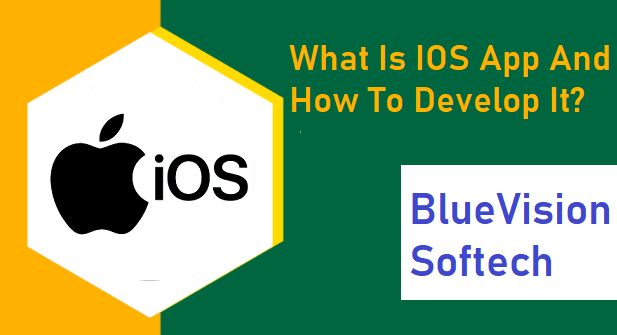An iOS app refers to a software application specifically designed and developed to run on Apple's iOS operating system.
IOS apps are typically available for download through the Apple App Store, which is the official distribution platform for iOS apps. These apps can provide various functionalities and features, including games, social networking, productivity tools, entertainment, utilities, and much more.
Developing an iOS app requires using the appropriate software development tools and programming languages, such as Xcode and Swift or Objective-C. Apple provides a comprehensive set of development resources, guidelines, and APIs (Application Programming Interfaces) to help developers create iOS apps that integrate smoothly with the iOS ecosystem.
Once an iOS app is developed and submitted to the App Store, it undergoes a review process conducted by Apple to ensure it meets certain guidelines and standards regarding functionality, security, and user experience. Once approved, users can download and install the app on their iOS devices and enjoy its features and capabilities.
To develop an iOS app, you can follow these general steps:
Set up your development environment: Install Xcode, Apple's integrated development environment (IDE), from the Mac App Store. Xcode includes all the necessary tools and resources for iOS app development.
Choose a programming language: iOS apps can be developed using either Swift or Objective-C. Swift is Apple's modern programming language, designed to be easy to learn and use. Objective-C is an older language used for iOS development. It's recommended to learn Swift as it is the preferred language for new iOS app development.
Learn iOS app development: Familiarize yourself with iOS app development concepts, including the iOS framework, user interface design, app architecture, and programming patterns. Apple provides extensive documentation, guides, and sample code on their developer website (developer.apple.com).
Design the user interface: Use Apple's Interface Builder within Xcode to create the visual elements and layout of your app. Interface Builder offers a drag-and-drop interface for designing user interfaces, and you can customize the look and behavior of your app using Interface Builder and/or code.
Write the app's code: Start coding the logic and functionality of your app using Swift or Objective-C. You'll need to learn about iOS frameworks like UIKit, CoreData, and CoreLocation, depending on the features you want to implement in your app. Use Xcode's code editor to write and debug your code.
Test your app: Use Xcode's built-in simulator to test your app's functionality and user experience. You can also connect physical iOS devices to your Mac and test the app directly on those devices. Perform thorough testing to ensure your app works correctly and is free from bugs and crashes.
Distribute your app: To distribute your app to users, you'll need to enroll in the Apple Developer Program. This program allows you to submit your app to the App Store for review and distribution. Follow Apple's guidelines and requirements for preparing your app for submission, including creating app icons, screenshots, and app descriptions.
Submit your app to the App Store: Once your app is ready, use Xcode to create an app archive, which contains the compiled version of your app. Submit this archive to Apple for review through the App Store Connect platform. Apple will review your app to ensure it meets their guidelines, and if approved, it will be available for download on the App Store.
Remember, developing an iOS app can be a complex process, and it's essential to have a good understanding of programming concepts and the iOS development ecosystem. It may be helpful to follow tutorials, take online courses, or consult documentation and resources provided by Apple to enhance your skills and knowledge in iOS app development.




